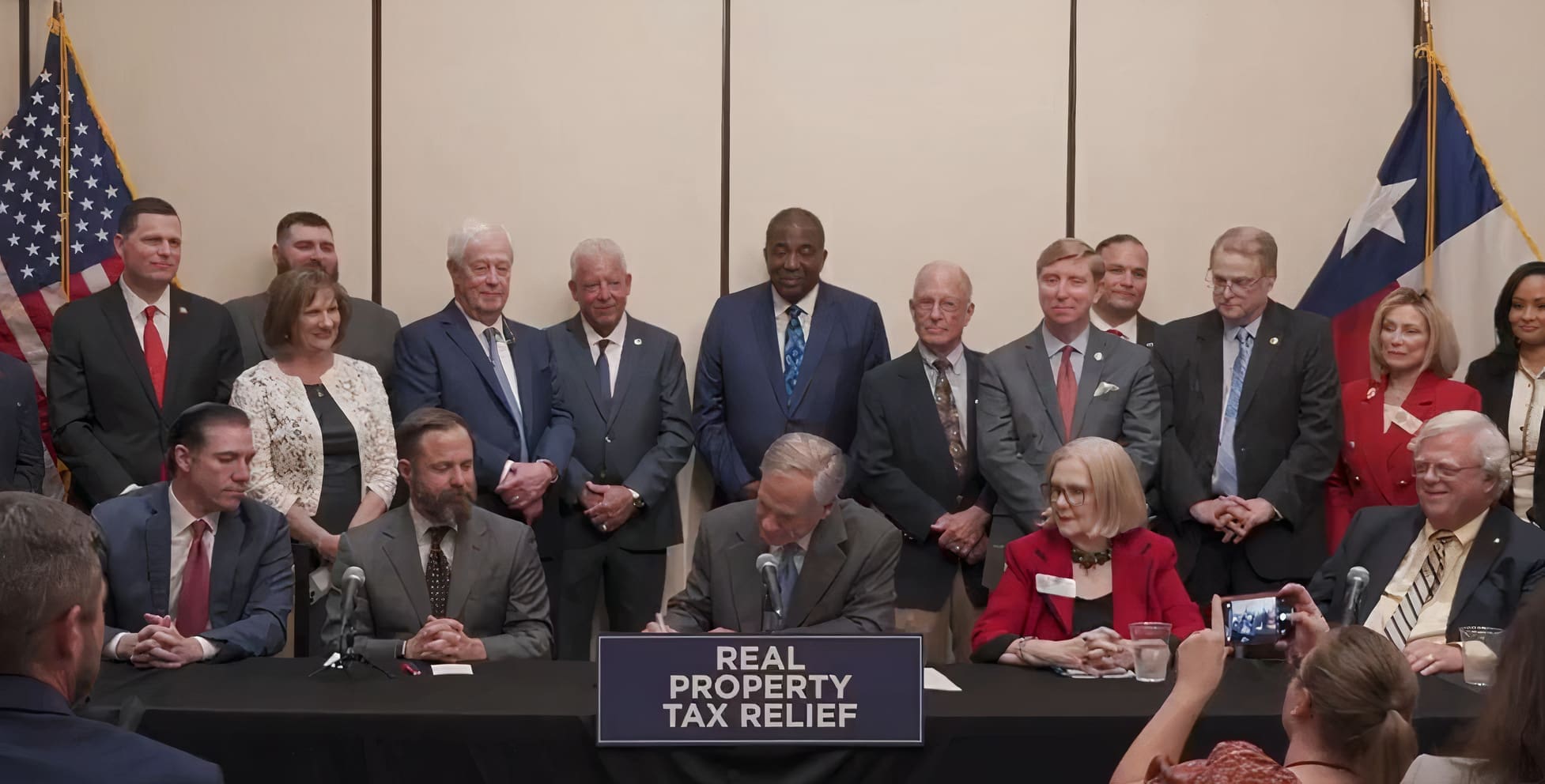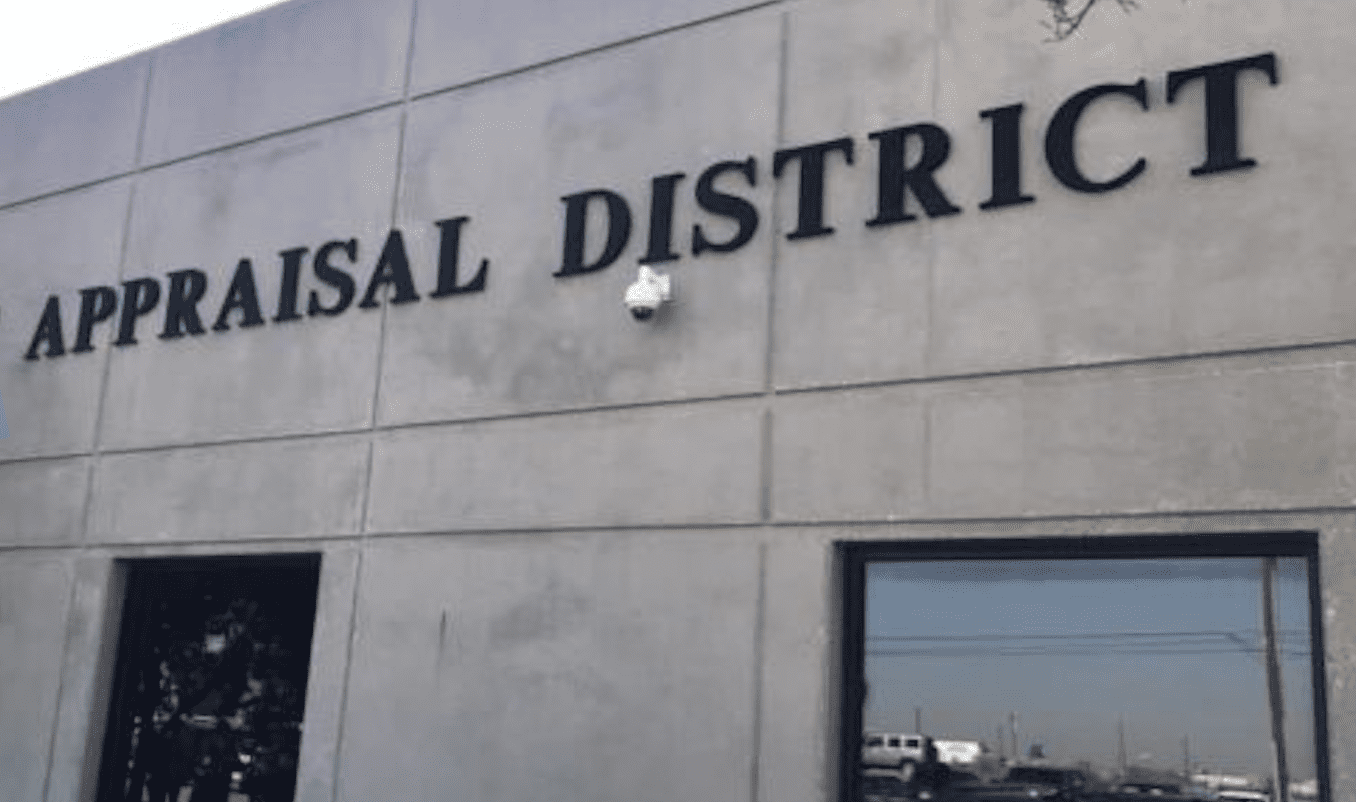Prior to social media, it was difficult for citizens to put forth opposing views to a tax increase unless traditional media was willing to “speak out” against the entity. However, with social media, we have a voice and we need to learn how to use it effectively.
We all know how our communities are linked to the Internet via social media. There’s Facebook, Twitter, Linked-in, Instagram, and many others. Many people don’t read the local paper or even watch the local news. They depend on social media to stay updated on community events, like property tax hearings.
Even if the local traditional media is covering a proposed tax increase, social media lets others in the community know they aren’t the only ones who disagree with increased taxes. Your social media campaign should have three goals: increase attendance at the hearing, educate individuals, and get others involved. It seems that Facebook is the preferred social media platform for citizens concerned with their community, so we will explore using it as our main platform. But certainly don’t forget to use any and all social media available to get the message out.
Using Facebook, you can set an event for the budget hearing and allow others to show they are interested or even going to the event. This does serve a purpose because it allows users to connect and can provide as a reminder for the meeting; however, it is limited as it does not associate an individual, or a face, with the movement to argue against a property tax increase.
If you use your personal profile and create informative and fact specific posts, you cannot only get involvement from the community, you can also educate them on the issue. A side benefit is that traditional media outlets can also use your posts as a source for their stories. Since our goal is to get people to attend the public hearings, you of course want to include the date, time, and place, for the meetings in as many posts as possible.
There is no magic number of posts. You should post as many times as necessary to provide the facts and inform the public. If traditional media has a story on the tax increase, you could use some information from it and expand on it. The more you base your posts on established facts, the easier it will be for the audience to follow. By using facts, you can come to the logical conclusion that people should be against a tax increase. But facts will also allow you to get people emotionally involved by illustrating how a tax increase affects them personally.
Most entities will have one, maybe two, public hearings. Because of work and family commitments, not everyone can attend, or will attend just one. By using social media, you will be able to provide them with the necessary information they need to make an intelligent decision. You can even provide them a phone number to call and express their opinions if they are unable to attend.
Your approach will, in part, depend on the number of hearings and the time of the hearings. If only one hearing, all your posts will need to occur between the announcement of the hearing and the actual hearing. If two hearings, I suggest the bulk of your activity occur
between the two hearings, assuming there is adequate time. Whichever approach you use, your posts should create a need for the community to be heard.
Most individuals, although they disagree with a tax increase, will be reluctant to come forward. Once they realize someone is speaking on their behalf, they will not only be more likely to attend, they may even speak up. At the very least, they can provide comments on your Facebook posts and share it with their friends.
I used social media to increase attendance at a public hearing by the Hospital Board. I created a brief, but to the point, post prior to the first hearing, just to start the process. After the first meeting, I posted something about the tax increase everyday, sometimes multiple times a day, to get the information out about why the tax increase was unnecessary. By reviewing the District’s financials and using data from local media sources, I was able to not only provide the community with information against the tax hike, but the attendance went from about 5 people against the tax increase at the first meeting, to almost 50 people at the second.
In addition to creating the posts, you will need to make sure the word gets out. Facebook uses an algorithm to get your post on others newsfeeds. In some cases, if you have enough friends who react to your posts, you can get the post viewed by several hundred people. I used Facebook Ads to promote each of the posts concerning the tax increase.
Facebook Ads allows you to specifically target individuals based on several different criteria. You can limit the audience by geographical area (no need for you to pay for someone in Dallas to see your post from Ector County); by interests; by age; and even by sex. The objective is to get the information in front of those individuals who will take some kind of action.
There is a fee for using Facebook Ads and obviously the more you pay, the larger the audience who will see your posts. I used a $10 budget for each post. This gave me about 2,000 views per posts. When you combine this to the organic growth of a post, comments, shares, etc.., each post reached several thousand individuals. If an individual asks a question in the comments, do your best to answer in order to keep the conversation moving.
Using social media worked! The Hospital Board voted against the 36% tax increase. However, they did vote to approve a 12.5% tax increase, which amounted to about a $15 increase per year on a $150,000 home. Although we would have preferred to leave the tax rate the same, the increase was much smaller than it otherwise would have been absent the citizens taking a stand.
Our job as taxpayers and voters is to be the check and balances on government. We need to be able to use all the tools at our disposal in order to accomplish our job. Social media is just one tool in our arsenal. Use it wisely to make sure local governmental entities don’t spend every dollar we make, and then some!




